Everything and the HRC Factory Rally Look
Photos: American Honda and Scott Hoffman
Everything has a reason and, for Honda, their reason was to make updates to the already popular CRF250L and build a replica-looking CRF250L Rally off the same 250L platform. As soon as we started to post on social media about the Rally, some instantly started to ask, “Why isn’t it a full 450 performance machine?” The simple reason is the CRF250L does exactly what it’s intended to do and it does a pretty good job of it. And now, the Rally edition is one amazing-looking motorcycle. Yes, at first glance it says full off-road performance adventure but you have to understand its full intention, it’s “replica-looking,” and Honda did a great job at the design.
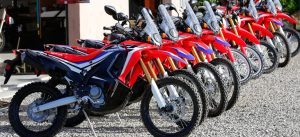 In 2016, the CRF250L was a very popular model selling 4000 units in the United States alone, which was also a 10% gain over the previous year. Honda claims this is the best-selling model in the dual-sport market for all brands. Although racers want more, the market likes the more reasonably priced and easy-to-ride 250L.
In 2016, the CRF250L was a very popular model selling 4000 units in the United States alone, which was also a 10% gain over the previous year. Honda claims this is the best-selling model in the dual-sport market for all brands. Although racers want more, the market likes the more reasonably priced and easy-to-ride 250L.
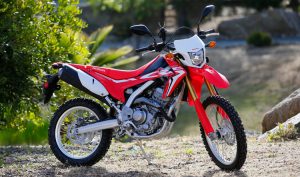 These two models are very affordable at just over $5K, and $5899 for the Rally edition. These models are designed for entry-level riders, entry-level adventure riders, or those who are just looking for fun transportation both on and off the road and are not expecting full off-road performance. The Rally and standard 250L are manufactured at Honda’s Indonesian plant. And yes, we would all love if Honda released a CRF450L Rally performance dual-sport bike, yet if it existed, expect a price that would be out of range for 250L customers (probably add another $5K). One person from Honda mumbled there might be other more performance-oriented bikes down the road but it was very vague.
These two models are very affordable at just over $5K, and $5899 for the Rally edition. These models are designed for entry-level riders, entry-level adventure riders, or those who are just looking for fun transportation both on and off the road and are not expecting full off-road performance. The Rally and standard 250L are manufactured at Honda’s Indonesian plant. And yes, we would all love if Honda released a CRF450L Rally performance dual-sport bike, yet if it existed, expect a price that would be out of range for 250L customers (probably add another $5K). One person from Honda mumbled there might be other more performance-oriented bikes down the road but it was very vague.
What’s new:
 For 2017, most of the changes on the 250L were aimed at performance gains. They increased the throttle body from 36 to 38mm, reshaped the air boot, larger diameter header pipe, redesigned muffler, and ECU. The chassis remains the same on both the 250L and 250L Rally, however the Rally did receive 30mm longer front fork travel and matched the rear with a revised linkage to increase the overall travel as well. The Rally does sit slightly higher due to the suspension upgrades. The fork and shock are fixed and the only adjustment is
For 2017, most of the changes on the 250L were aimed at performance gains. They increased the throttle body from 36 to 38mm, reshaped the air boot, larger diameter header pipe, redesigned muffler, and ECU. The chassis remains the same on both the 250L and 250L Rally, however the Rally did receive 30mm longer front fork travel and matched the rear with a revised linkage to increase the overall travel as well. The Rally does sit slightly higher due to the suspension upgrades. The fork and shock are fixed and the only adjustment is 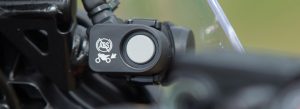 spring preload on the shock, there are no compression and rebound adjuster on the fork or the shock. The Rally also has ABS option and has a larger rotor, 296mm to be exact compared to the standard 250L. There is a button to easily turn off rear ABS for dirt riding but front ABS is always on.
spring preload on the shock, there are no compression and rebound adjuster on the fork or the shock. The Rally also has ABS option and has a larger rotor, 296mm to be exact compared to the standard 250L. There is a button to easily turn off rear ABS for dirt riding but front ABS is always on.
The Rally also has an all-new Rally look with a fairing, new shrouds, and a larger fuel tank compared to the standard 250L. The Rally does also weigh more than the 250L by about 30 pounds. Now these bikes are not light with a claimed weight with fuel at 317.5 for the standard 250L (as tested), and 346.1 for the Rally with ABS (as tested). Both models also received a new tailight/license plate holder and ABS is also an option on the standard 250L model.
Our ride:
For our first impression, Honda set up a very fun ride that started at the JCR (Johnny Campbell Racing) race shop and took us on two self-guided 60-mile loops via the Rever App on our smartphones. The ride was a split between pavement and dirt roads through the Cleveland National Forest and into the Temecula Valley.
We started off on the Rally and we had to go in with an open mind knowing the intended use of these machines. If you compared them to a 250F motocross bike you would say they are slow, but if it was a race between the turtle and the hare, the turtle would win because after a few hundred hours of abuse the 250L would still be trucking along and the 250F would probably have already tossed a valve or a connecting rod through the cases if it had not been rebuilt a few times.
The suspension is soft and you do have to watch what you slam into but it didn’t take long to adapt to its capabilities to still have fun on the ride. It probably didn’t help that this test rider is 6’1” and well over 200lbs with full gear. Yet if you understand whom the bike was designed for and its limits, the ride can be enjoyable. Where the Rally works best is through basic fire roads and on pavement. Their intended use is probably over 50 percent on pavement. We were surprised how well the Rally handled the pavement. Compared to the standard 250L, the Rally was more stable on the road cruising at 40-70 mph. The fairing is more than just looks; it is very functional and keeps the bike stable and keeps excessive wind off the rider. Yes, in the dirt you can feel the extra weight slightly, but in my opinion I would take the Rally just because it is so much more comfortable to cruise around on at speed. The standard 250L dances around on roads over 40mph and it feels more like a small displacement dual-sport bike over the Rally. You do have to rev the snot out of the engines to get them up to speed but they seem to handle abuse and they seem very over-built to handle this type of riding. Top gear on a flat road they pretty much top out at 70mph and maybe 75 if there is a slight decline. But they don’t seem to mind being ridden at 65mph all day.
The chassis does feel a little small for my frame but for entry-level riders it is probably the best scenario. Because street is probably over half of the goal, the bar is positioned slightly back and low, and while standing in off-road conditions can be a little cramped if you are over 6 feet tall. A small bar riser would help for taller riders. The brakes are very solid and the ABS on the Rally worked very well in the dirt. To turn off the rear ABS for the dirt you just had to stop and hold the ABS rear button on the fairing for a few seconds.
Overall, the CRF250L and 250L Rally do what Honda says they built them for—entry-level riders getting into the sport or riders just looking for affordable transportation with a little bit of adventure tossed into the mix. Yes we do think that if the bike had a little more power and slightly stiffer suspension (springs and valving), it would be more capable off-road, yet that would also mean higher costs. From there we would want even more power and even better suspension so these wants and desires would keep snowballing until we end up with another $11K dual-sport bike. The CRF250L and L Rally fit right where they belong.
For now we think the Rally is an awesome-looking motorcycle and it can be fun to ride for casual outings and transportation. It handles very well on the street and can cruise down most city and back roads with ease. It might not be up the alley for a seasoned racer or adventure rider but for entry-level riders wanting to get into the sport, or riders that are still looking for a thrill but no longer demand a full-performance machine, these two motorcycles are a perfect choice. The Rally is better on the street in my opinion and the standard 250L feels a tad bit lighter with a little more pep in the dirt.
Photo Gallery Below

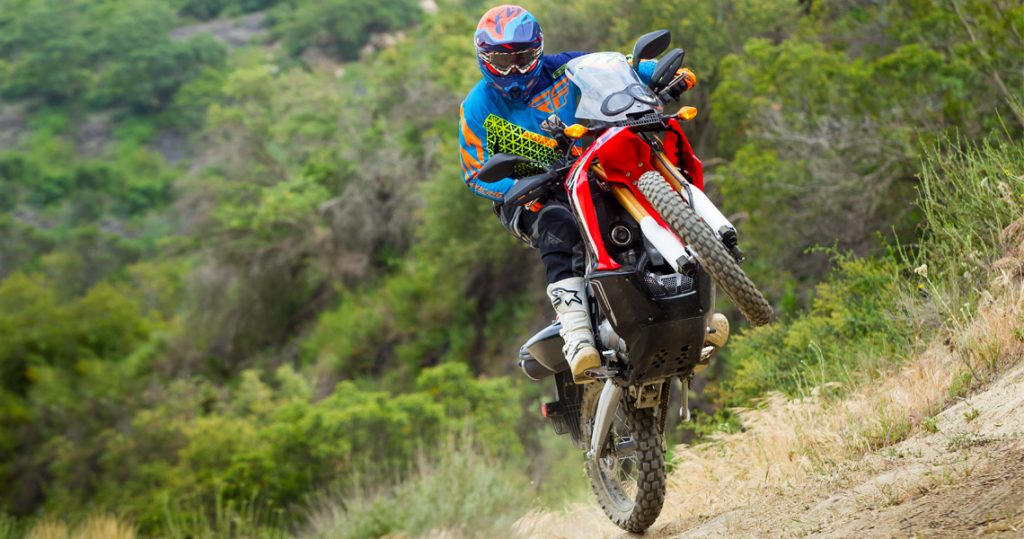
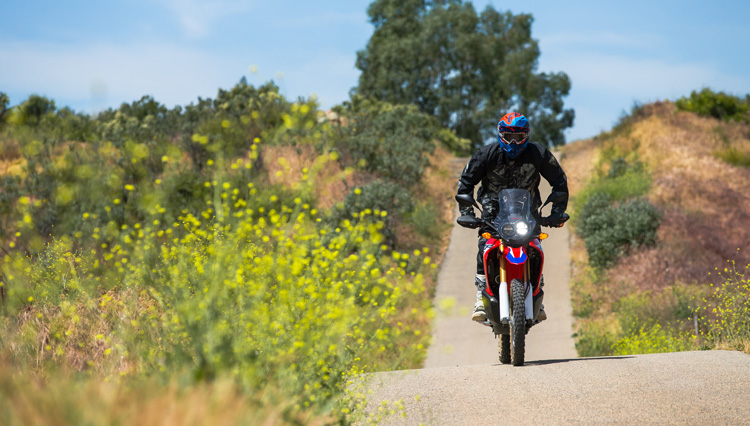
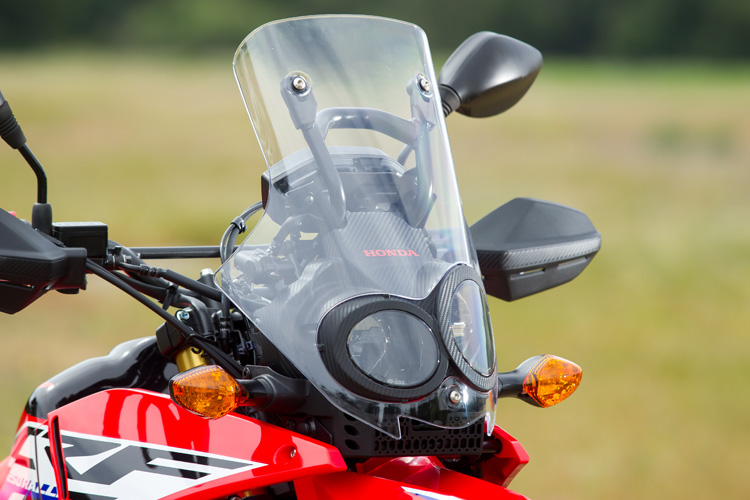

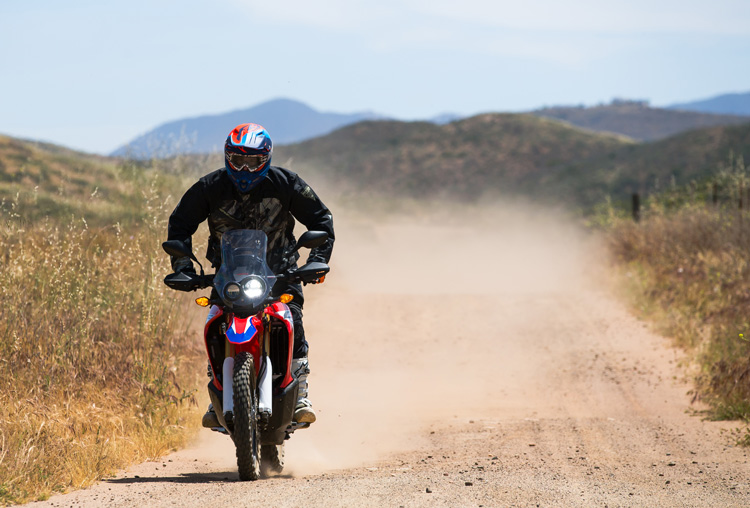

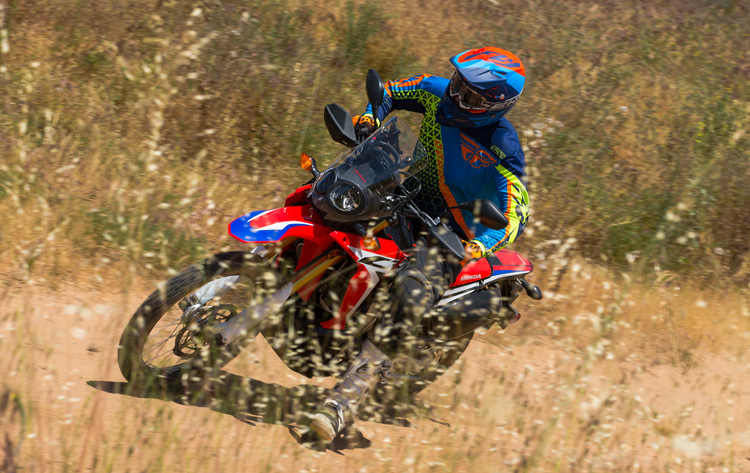
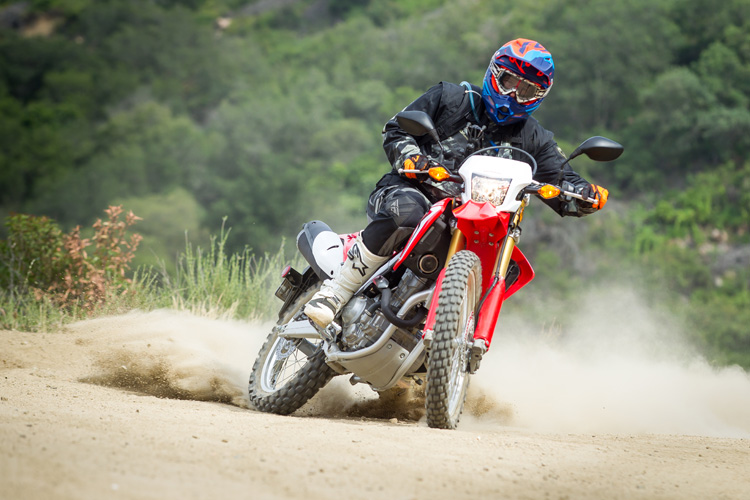
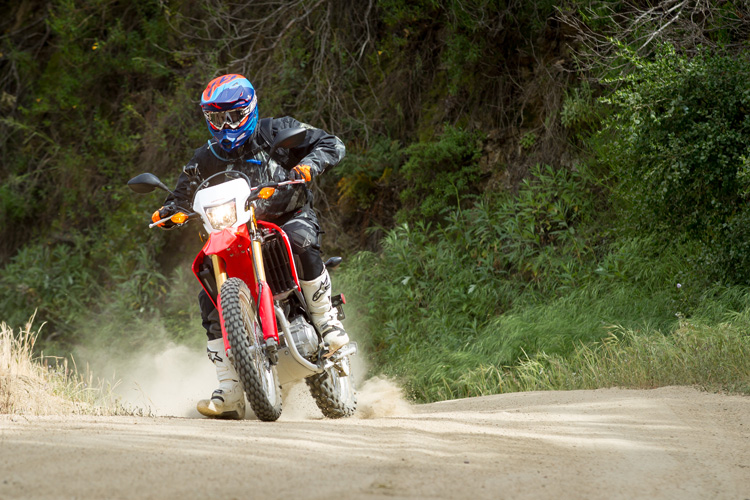
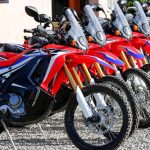
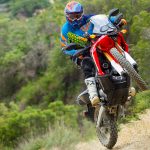
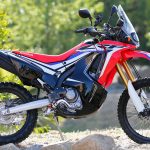
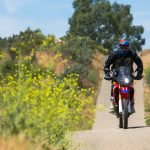
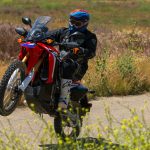

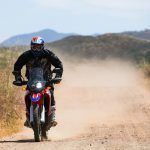
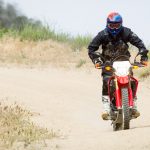
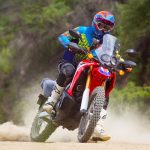
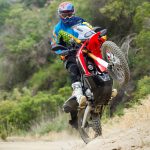
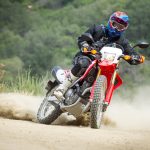
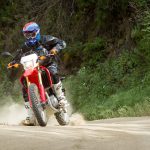
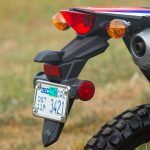
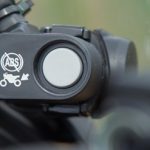
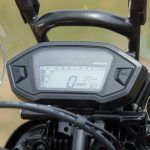
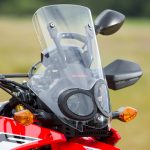
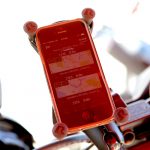

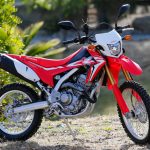
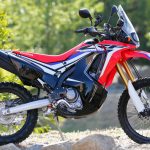



2 Responses to “Impression: 2017 Honda CRF250L and 250L Rally”
Tim
The CRF450L doesn’t have to be high performance, just 45 HP with the same package as the 250L would be sweet!
arthur pappas
No need for a CRF450L because Suzuki is almost there, but has been for years. It’s called the DRZ400, and it has been the perfect “almost got it right” bike for decades. Just give me a DRZ400 with FI and an extra cog in the gearbox. It would relegate this Honda to farm bike status in no time. C’mon Suzuki, are you listening?!